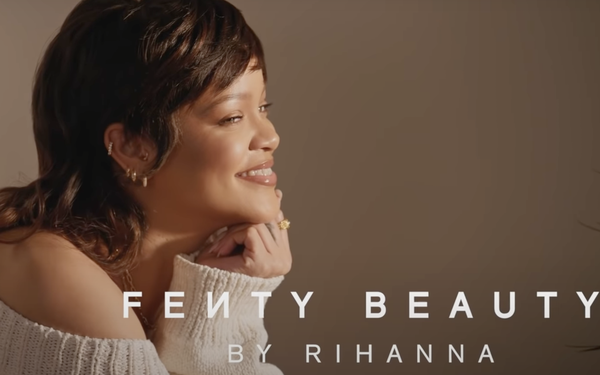
Major brands may think they’ve
mastered diversity in their beauty marketing, but consumers expect more. New research from Mintel finds that in addition to a wider range of skin tones, people want to see diversity in age and body
type, as well as price points that welcome everybody.
“Overall, consumers want to see different types of beauty because it reflects real life,” says Clare Hennigan, senior beauty
and personal care analyst at Mintel. Instead of aspirational images that show what they should want to look like, “they want to see inspirational ads -- those that look more like
them.”
Consumers are also increasingly hip to the ways beauty marketers make them feel bad about themselves, with 73% of the sample saying beauty marketers deliberately play on
women’s insecurities. And 72% believe the way society defines beauty is too rigid.
advertisement
advertisement
Hennigan says the research underscores the many ways beauty brands have been missing the mark. The
study confirms that diversity means many things, and that consumers would like to see them all. Some 87% would like to see more realistic signs of aging, she tells Marketing Daily. And 52%
say that affordability is an indicator of exclusivity.
What’s more, the demand for more inclusion is driving changed behaviors. Almost half -- 47% of beauty consumers -- say they have
looked for and purchased from brands with diversity or inclusivity in the last year, while 24% have made it a point to buy from minority-owned brands. And 20% say
they’ve paid more for a beauty product from an inclusive brand.
Certainly, some brands are getting it right. Hennigan says Dove, which pioneered the
real beauty movement, continues to break new ground. Fenty Beauty by Rihanna, owned by LVMH, shook the category up several years ago by offering an astonishing 50 shades of makeup. More recently,
Unilever, which owns Dove, said it would stop using the word “normal,” and Glow Recipe has promised to stop saying “poreless” and “flawless.”
Increasingly,
though, indie brands are the one pouring on the realism, creating messages that resonate. “They are pushing the envelope, moving into taboo territory,” Hennigan says. Billie, for instance,
a women’s shaving brand owned by Procter & Gamble, happily shows off women with pubic, armpit and facial hair in its ads. “Consumers like that because it is so much more
relatable.”
She add that brands should worry less about being called out for lack of diversity. “Only 10% of our respondents say they’ve done that. They want to support
brands that align with their value, not call out brands that don’t. It’s time for brands to push the diversity needle forward -- because consumers want that.”